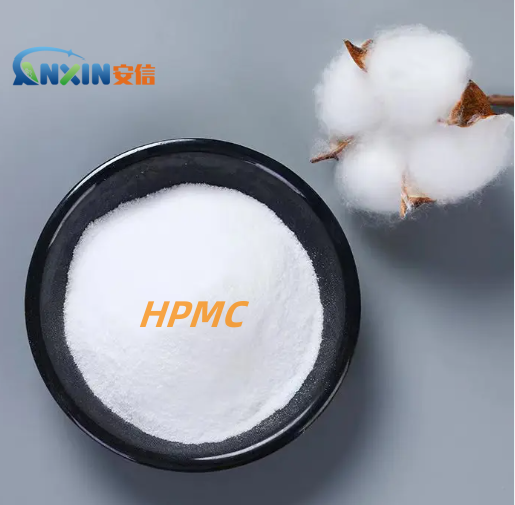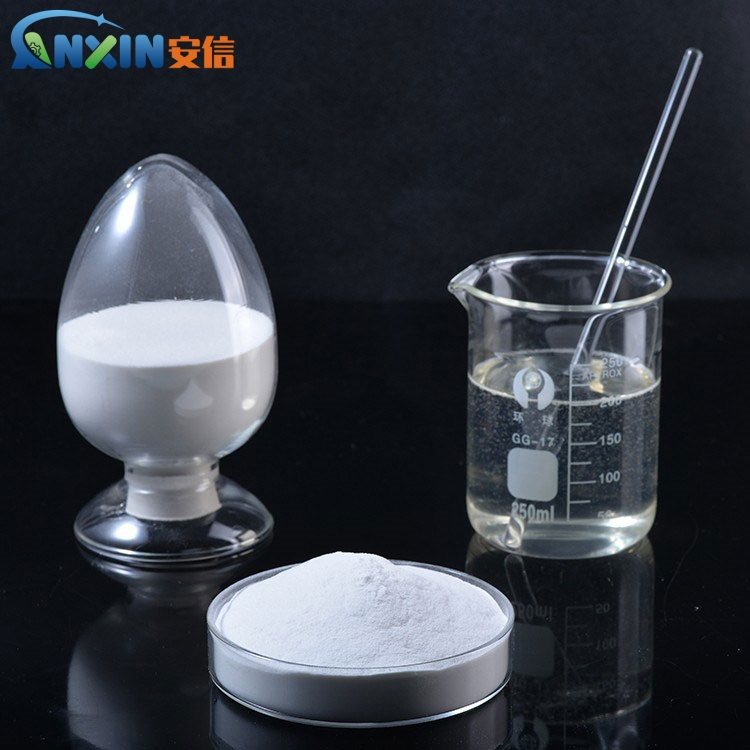1. Introduction to hydroxypropyl methylcellulose
Hydroxypropyl methylcellulose (HPMC) is a non-ionic cellulose ether widely used in construction, medicine, food, cosmetics and other industrial fields. It has good thickening, film-forming, water-retaining, bonding, lubricating and emulsifying properties, and can dissolve in water to form a transparent or translucent colloidal solution.
2. Main uses of hydroxypropyl methylcellulose
Construction industry
Cement mortar: used to improve construction performance, improve water retention and adhesion, prevent cracking, and improve strength.
Putty powder and coating: enhance construction performance, improve water retention, prevent cracking and powdering.
Tile adhesive: improve bonding strength, water retention and construction convenience.
Self-leveling mortar: improve fluidity, prevent delamination and improve strength.
Gypsum products: improve processing performance, improve adhesion and strength.
Pharmaceutical industry
As a pharmaceutical excipient, it can be used as a thickener, stabilizer, emulsifier, film former and sustained-release agent.
Used as a disintegrant, adhesive and coating material in tablet production.
It has good biocompatibility and is widely used in ophthalmic preparations, capsules and sustained-release preparations.
Food industry
As a food additive, it is mainly used as a thickener, emulsifier, stabilizer and film-forming agent.
It is suitable for jams, beverages, ice cream, baked goods, etc., to thicken and improve the taste.
Cosmetics and personal care products
It is used as a thickener and emulsifier, commonly used in skin care products, shampoo, toothpaste, etc.
It has good moisturizing and stabilizing properties, improving the product’s use experience.
Other industrial uses
It is used as a thickener, adhesive or emulsifier in ceramics, textiles, papermaking, inks, pesticides and other industries.
3. Usage method
Dissolution method
Cold water dispersion method: Slowly sprinkle HPMC into cold water, stir continuously until evenly dispersed, then heat to 30-60℃ and completely dissolve.
Hot water dissolution method: first moisten HPMC with hot water (above 60°C) to make it swell, then add cold water and stir to dissolve it.
Dry mixing method: first mix HPMC with other dry powders, then add water and stir to dissolve it.
Addition amount
In the construction industry, the addition amount of HPMC is generally 0.1%-0.5%.
In the food and pharmaceutical industries, the addition amount is adjusted according to the specific purpose.
4. Precautions for use
Storage conditions
Store in a cool, dry, well-ventilated environment, avoid moisture and direct sunlight.
Keep away from heat sources, fire sources and strong oxidants to prevent degradation and combustion.
Precautions for dissolution
Avoid adding a large amount of HPMC at one time to prevent the formation of lumps and affect the dissolution effect.
The dissolution speed is slow in a low temperature environment, and the temperature can be appropriately increased or the stirring time can be extended.
Safety of use
HPMC is a non-toxic and harmless substance, but it may cause inhalation irritation in the powder state, and large amounts of dust should be avoided.
It is recommended to wear a mask and goggles during construction to avoid dust irritation to the respiratory tract and eyes.
Compatibility
When using, pay attention to the compatibility with other chemicals, especially when preparing building materials or drugs, compatibility testing is required.
In the field of food and medicine, relevant regulations and standards must be met to ensure safety.
Hydroxypropyl methylcellulose is widely used in many industries due to its excellent performance. During use, it is necessary to master the correct dissolution method and usage skills, and pay attention to storage and safety matters to ensure the stability and performance of the product. The correct use of HPMC can not only improve product quality, but also improve the efficiency of construction and production.
Post time: Apr-15-2025

